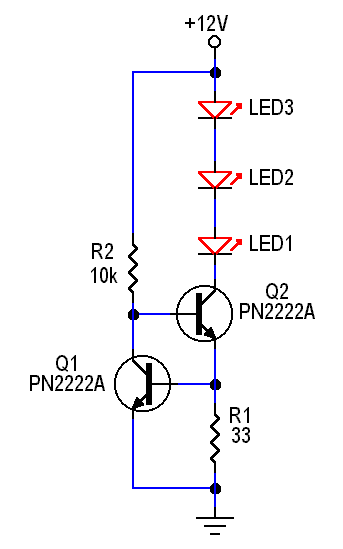Meatball
0
- Joined
- Feb 1, 2008
- Messages
- 2,894
- Points
- 0
I was reading this: Current source - Wikipedia, the free encyclopedia
And after looking at figure 6, I was thinking about running over to the rat-shack to pick me up a few parts to try it out.
It just looks like a very easy current source based on an o amp with a feedback for regulation. What do you guys think? Why haven't we seen more of these around the forum?

And after looking at figure 6, I was thinking about running over to the rat-shack to pick me up a few parts to try it out.
It just looks like a very easy current source based on an o amp with a feedback for regulation. What do you guys think? Why haven't we seen more of these around the forum?










